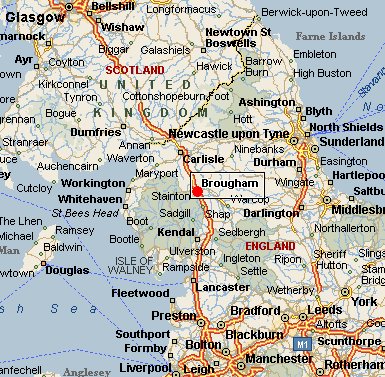








|
|
Times On Line
Women warriors from Amazon fought for Britain's Roman army
December 22, 2004
By Lewis Smith
The women are thought to have come from the Danube region of Eastern Europe, which was where the Ancient Greeks said the fearsome Amazon warriors could be found.
The women, believed to have died some time between AD220 and 300, were burnt on pyres upon which were placed their horses and military equipment. The remains were uncovered in the 1960s but full-scale analysis and identification has been possible only since 2000 with technological advances.
The soldiers are believed to have been part of the numerii, a Roman irregular unit, which would have been attached to a legion serving in Britain. Other finds show that their unit originated from the Danubian provinces of Noricum, Pannonia and Ilyria which now form parts of Austria, Hungary and the former Yugoslavia.

Hilary Cool, the director of Barbican Research Associates, which specialises in post- excavation archaeological analysis, said that the remains were the most intriguing aspects of a site that is changing our understanding of Roman burial rites.
“It seems highly probable that we have a unit raised in the Danubian lands and transferred to Britain,” she says in British Archaeology.
“Though the numerii are generally referred to as irregular units, they are not thought of as having women among their ranks. However, the unit came from the area where the Ancient Greeks placed the origin of women warriors called Amazons. Could the numerii be even more irregular than anyone has ever dreamt?”
The cemetery at Brougham served a fort and the civilian settlement of Brocavum in the 3rd century and analysis of the remains of more than 180 people showed that everybody’s ashes were buried there. Archaeologists have been able to determine the ages and gender of the dead and to build up a detailed picture of Roman funerals in Brougham.
One of the sets of women warrior’s remains were found with the burnt remnants of animals. Bone veneer, used to decorate boxes, was also found alongside evidence of a sword scabbard and red pottery. The possessions suggest that she was of high status and her age has been estimated at between 20 and 40 years old. The other woman, thought to be between 21 and 45, was buried with a silver bowl, a sword scabbard, bone veneer and ivory.

More on this news:
- Roman
Army Talk Forum
Vai alla notizia in italiano

|